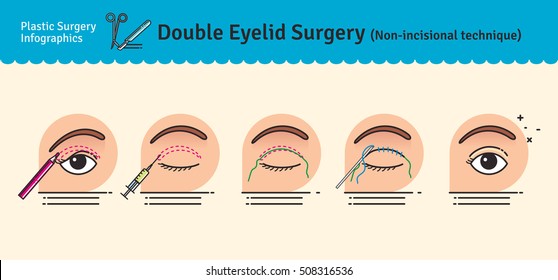What Is SMILE Eye Surgical Treatment? Treatment Details, Perk, Risks, And Recovery

Post Created By-Snow Upchurch
If you're thinking about vision improvement options, SMILE eye surgical treatment might be on your radar. This innovative procedure includes producing a tiny lenticule in the cornea to resolve nearsightedness and astigmatism. Unlike traditional LASIK, it's much less invasive and promises quicker recuperation. Nevertheless, while there are considerable benefits, there are likewise risks involved. Recognizing both aspects can aid you make an educated choice about your eye health and wellness. What's the recuperation process like, and what should you expect?
Recognizing the SMILE Procedure
The SMILE procedure, or Little Incision Lenticule Extraction, is a minimally intrusive eye surgery created to deal with vision concerns like nearsightedness and astigmatism.
During this procedure, a laser develops a tiny lenticule, or lens-shaped tissue, within the cornea. You won't need any type of stitches, as the tiny incision allows for a quick healing.
The doctor after that removes the lenticule via this small cut, improving your cornea to enhance your vision. Unlike conventional LASIK, SMILE does not call for the production of a huge flap, which can lead to less difficulties.
You'll discover that this strategy is much less disruptive to the corneal structure, possibly improving security. Comprehending the treatment helps you really feel more confident as you consider your choices for vision improvement.
Advantages of SMILE Eye Surgical Procedure
While taking into consideration vision modification choices, you could locate that SMILE eye surgery offers a number of engaging advantages.
Initially, it's minimally invasive, needing only a little cut, which means less disruption to your eye framework. This causes quicker healing times and less discomfort compared to standard LASIK.
You'll likewise value its accuracy; SMILE utilizes advanced laser modern technology to reshape the cornea, offering exceptional outcomes for nearsightedness and astigmatism.
Moreover, many people report enhanced visual high quality, with fewer instances of glow or halos. Since there's no need for a corneal flap, your eyes remain much more steady post-surgery.
Lastly, the procedure generally takes simply a couple of minutes, allowing you to return to your day-to-day activities faster than with other approaches.
Potential Dangers and Recuperation Refine
Although SMILE eye surgery is typically risk-free, it's important to be aware of prospective risks that can arise throughout or after the procedure. Some people may experience short-lived adverse effects like completely dry eyes, glare, or halos around lights.
In uncommon situations, problems such as infection, vision loss, or the need for additional surgery can happen.
Recuperation normally entails a few days off and avoiding laborious activities. You need to follow your specialist's post-operative guidelines carefully, consisting of making use of recommended eye decreases and attending follow-up consultations.
Numerous people observe enhanced vision within a couple of days, however complete recuperation can take weeks. Staying client and offering your eyes time to recover is important for the best end result.
Final thought
Finally, SMILE eye surgical procedure offers a contemporary, minimally invasive choice for fixing nearsightedness and astigmatism. With its quicker healing time and decreased discomfort, it's an enticing option for several. However, it's important to evaluate the potential dangers against the benefits. By staying informed and complying with https://www.medicalnewstoday.com/articles/does-medicare-cover-cataract-surgery -operative care, you can maximize your opportunities of a successful end result. If you're considering this treatment, seek advice from your eye treatment expert to determine if it's right for you.

